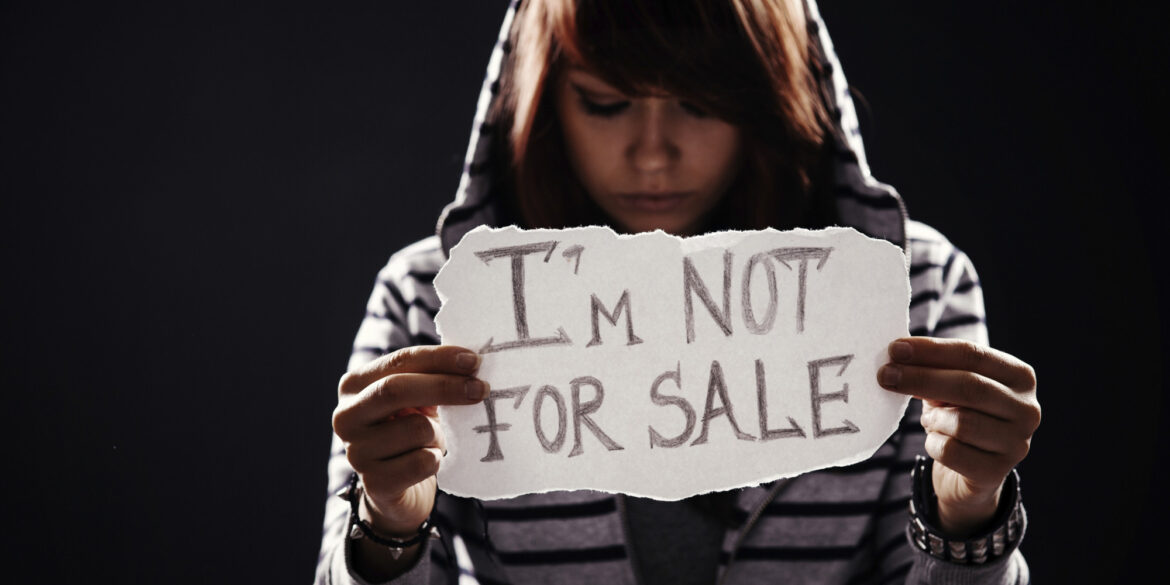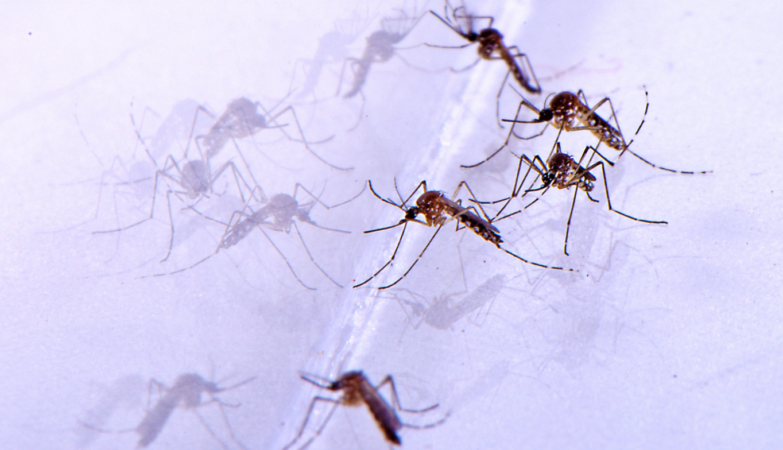Reposted from Do Something
Human trafficking is a crime that forcefully exploits women, men, and children. According to the United Nations, human trafficking affects every country in the world, but it’s not talked about enough. So we’re talking about it. Read on to learn more about human trafficking, and find support resources and ways you can take action at the Polaris Project, Love146, and Free the Slaves.
Contact the National Human Trafficking Hotline to connect with services and support for human trafficking survivors, or to report a tip: call 1-888-373-7888, text 233733, or chat online.
- 1) Trafficking involves transporting someone into a situation of exploitation. This can include forced labor, marriage, prostitution, and organ removal. This kind of exploitation is known by a few different names — “human trafficking,” “trafficking of persons,” and “modern slavery” are the ones accepted by the US Department of State. [1]
- 2) It’s estimated that internationally there are between 20 million and 40 million people in modern slavery today. Assessing the full scope of human trafficking is difficult because so cases so often go undetected, something the United Nations refers to as “the hidden figure of crime.”[2]
- 3) Estimates suggest that, internationally, only about .04% survivors of human trafficking cases are identified, meaning that the vast majority of cases of human trafficking go undetected. [3]
- 4) Human trafficking earns global profits of roughly $150 billion a year for traffickers, $99 billion of which comes from commercial sexual exploitation.[4]
- 5) Globally, an estimated 71% of enslaved people are women and girls, while men and boys account for 29%.[5]
- 6) Estimates suggest that about 50,000 people are trafficked into the US each year, most often from Mexico and the Philippines. [6]
- 7) In 2018, over half (51.6%) of the criminal human trafficking cases active in the US were sex trafficking cases involving only children.[7]
- 8) Reports indicate that a large number of child sex trafficking survivors in the US were at one time in the foster care system. [8]
- 8) Advocates report a growing trend of traffickers using online social media platforms to recruit and advertise targets of human trafficking.[9]
- 10) The average age a teen enters the sex trade in the US is 12 to 14 years old. Many victims are runaway girls who were sexually abused as children.[10]
- 11) In 2018, The National Human Trafficking Hotline received more calls from California than any other state in the US, followed by Texas and Florida, respectively. (To contact the Human Trafficking Hotline: call 1-888-373-7888, text 233733, or chat online.)[11]
- “Modern Slavery Fact Sheet.” Anti-Slavery Internationa. Accessed July 31, 2019. https://www.antislavery.org/wp-content/uploads/2016/11/Modern-slavery-fact-sheet.pdf. “2019 Trafficking in Persons Report.” United States Department of State. Accessed July 31, 2019. https://www.state.gov/wp-content/uploads/2019/06/2019-Trafficking-in-Persons-Report.pdf. ↩︎
- “Forced Labor, Modern Slavery, and Human Trafficking.” International Labor Organization. Accessed July 31, 2019. http://www.ilo.org/global/topics/forced-labour/lang–en/index.htm. “Monitoring Target 16.2 of the United Nations Sustainable Development Goals.” United Nations Office on Drug and Crime. Accessed July 31, 2018. https://www.unodc.org/documents/research/UNODC-DNR_research_brief.pdf ↩︎
- “What is Human Trafficking.” Californians Against Sexual Exploitation. Accessed July 31, 2019. http://www.caseact.org/learn/humantrafficking/. ↩︎
- “Human Trafficking by the Numbers.” Human Rights First. Accessed July 31, 2019. https://www.humanrightsfirst.org/resource/human-trafficking-numbers. ↩︎
- “Trafficking and Slavery Fact Sheet.” Free the Slaves. Accessed July 31, 2019. https://www.freetheslaves.net/wp-content/uploads/2018/04/Trafficking-ans-Slavery-Fact-Sheet-April-2018.pdf ↩︎
- “Human Trafficking Within and Into The United States: A Review of the Literature.” Office of the Assistant Secretary for Planning and Evaluation. Accessed July 31, 2019, https://aspe.hhs.gov/report/human-trafficking-and-within-united-states-review-literature#Trafficking. ↩︎
- “2018 Federal Human Trafficking Report.” The Human Trafficking Institute. Accessed July 31, 2019. ↩︎
- “2019 Trafficking in Persons Report.” United States Department of State. Accessed July 31, 2019. https://www.state.gov/wp-content/uploads/2019/06/2019-Trafficking-in-Persons-Report.pdf. ↩︎
- “2019 Trafficking in Persons Report.” United States Department of State. Accessed July 31, 2019. https://www.state.gov/wp-content/uploads/2019/06/2019-Trafficking-in-Persons-Report.pdf. ↩︎
- “Human Trafficking Within and Into The United States: A Review of the Literature.” Office of the Assistant Secretary for Planning and Evaluation. Accessed July 31, 2019, https://aspe.hhs.gov/report/human-trafficking-and-within-united-states-review-literature#Trafficking. ↩︎
- “Hotline Statistics.” The National Human Trafficking Hotline. Accessed July 31, 2019. https://humantraffickinghotline.org/states. ↩︎
Additional Resources:
Domestic Violence: National Domestic Violence Hotline, 24 hour Hotline: 1-800-799-SAFE (7233)
Sexual Abuse: Rape, Abuse and Incest National Network (RAINN), 24 hour Hotline: 1-800-656-4673
Suicide: National Suicide Prevention Lifeline, 24 hour Hotline: 1-800-273-TALK (8255)
Dating Violence: National Dating Abuse Helpline, 24 hour Hotline: 1-866-331-9474
Runaway and Homeless Youth: National Runaway Safeline, 24 hour Hotline: 1-800-RUNAWAY (786-2929)
Missing Children and Child Pornography: National Center for Missing and Exploited Children, 24 hour Hotline: 1-800-THE-LOST (843-5678)







